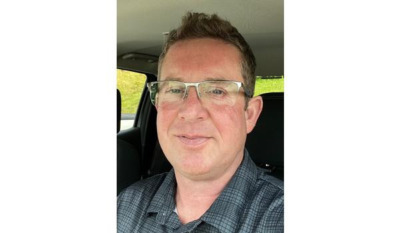The collision repair industry thrives when shop operators and automotive technicians engage with local trade school advisory committees. At Mechanics Marketplace, we’re passionate about strengthening the mechanics & body shops marketplace through active involvement. I’ve seen the impact firsthand—after years of light participation, I’ve spent the last two deeply invested in six committees. It’s astonishing how few mechanic companies join these once- or twice-yearly meetings. If I can fit this into my schedule, every shop can support at least one school with our automotive recruitment expertise, enhanced by robust vocational training initiatives.
I’m a second-generation tech-turned-shop-owner, now 12 years with Blue Ridge Color Company and a board member of the Carolinas Collision Association. Through training and committee work, I’m giving back to an industry that’s been good to me. Mechanics Marketplace amplifies this mission, connecting mechanics for hire with shops via our auto employment agency.
Why Committees Matter
Instructors need our support—they can’t rely solely on I-CAR or outdated experience. They adapt curricula based on input from industry leaders like us—shop owners, veteran techs, and vendors. Without automotive headhunters like us on committees, grads enter the car repair marketplace underprepared, knowing a little about everything but mastering nothing.
Entry-level techs should start with practical skills—disassembly, parts labeling, scanning, and paint prep—not broad overviews. The rest comes via on-the-job apprenticeships. Our technician marketplace ensures shops find mechanics looking for jobs with these foundations, ready to grow into head mechanic roles.
Tools and Trends
Trade schools often lack modern equipment, a gap committees can bridge. Instructors struggle to secure budget approvals alone, but a unified committee—backed by Mechanics Marketplace’s automotive technician headhunters—advocates effectively for tools aligned with market auto body shop needs. We keep schools current, ensuring grads thrive in the automotive job market through targeted apprentice training.
A Two-Way Street
Success isn’t just on shops—schools must promote their programs too. I’ve seen automotive job search engines miss shops unaware of local committees. Instructors, get out there! Shops, reach out—create co-ops, send techs for workshops, or speak to students about best paying jobs for mechanics. Our mechanic hub links both sides seamlessly.
Shops complain schools don’t teach what’s needed; schools say shops don’t support them. Mechanics Marketplace breaks this cycle. With eight years of 5-star mechanics marketplace reviews, we’re the automotive staffing agency uniting efforts for mutual gain.
How to Act
Support your local trade school committee—it’s simple. Partner with us to source how Gen Z is becoming the toolbelt generation, eager for hands-on careers. Host workshops, share industry insights, or push for updated tools. Our automotive recruiters streamline this, filling auto shop positions with talent prepped for the automotive recruitment agency advantage.
Together, we can transform complaints into solutions.
Contact Mechanics Marketplace at info@mechanicsmarketplace.com to boost your automotive technician recruiting and support the recruitment marketplace. Let’s build a stronger automotive industry recruiters network—one committee at a time!
_______________________________________________________________________________________________________________

Avery Canady has served the collision repair industry for three decades. As a child, most days were spent at his father’s body shop. He started out sweeping floors, became a technician, estimator, manager and eventually owned the small family business. After selling the shop, Canady moved over to the distribution side of the industry and has been employed with Blue Ridge Color Company for 12 years. He is a proud board member with the Carolinas Collision Association and also serves on the CCA Trade School Committee.
source: Link
